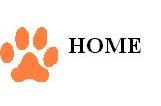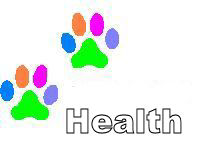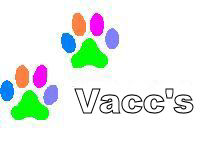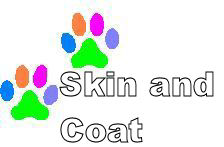Oliver's Dog Grooming
and Day Care
and Day Care
 |
 |
 |
 |
Skin and Coat

Skin
The skin is the largest and one of the most important organs of the body. It forms a barrier to protect the body of the dog from infections, parasites, and the elements. It also maintains the body's internal environment, preventing loss of moisture and other body constituents. Because the skin is on the outside of the body, it is easily exposed to outside elements and is susceptible to injury and disease. It is also very visible, and disorders are readily detected during an examination, so your groomer should know how to perform an examination and let you know if they have spotted anything unusual.

Hair types
Puppies are not born naked. Their skin is covered by a short, soft, and sometimes woolly-like hair. Sometimes the puppy hair, or fur as it is sometimes referred to, is a similar color to what is expected as an adult. Sometimes the puppy fur is slightly lighter when first born. For instance, Dalmatian puppies are born with few or no black spots. The coat is pure white with the black spots developing as the puppy grows.
Most puppies of all breeds develop a coarser, longer, and occasionally darker coat by six to eight months of age. Breeds and individuals have different rate of coat development. Factors such as day length, hormones, average outdoor temperature, and nutrition may influence coat development as well.
Dogs have two types of hair in their coats. There are short fluffy hairs called secondary hairs. Other names for secondary hairs include under-fur and undercoat. The second type of hair is the longer and stiffer outer hairs called primary hairs. Primary hairs are also referred to as guard hairs, outer hairs, or outer coat. Dogs also have a third type of hair: the whisker. Whiskers are called tactile hairs because they help the dog sense his surroundings.
Even though all dogs have the shorter secondary hairs and longer primary hairs, the ratio differs by age and breed. Newborn puppies lack primary hairs. That is why their coats are short and soft. Usually by six months of age most puppies have developed a good growth of primary hairs so their hair coats are longer and coarser. Many variations exist amongst breeds as to the exact length, color, and texture of the hair coat. These coat differences are largely the result of the ratio of primary to secondary hairs and the texture of these individual hairs.
Each hair grows from a simple opening within the skin called a hair follicle. A puppy is born with all of the hair follicles it will ever possess. Any future differences or changes of the hair coat will be due to changes within the follicle. Each hair shaft produced by a hair follicle will eventually die and be removed (shed) and replaced by a new hair shaft produced by that hair follicle. All dogs of every breed continually shed old dead hair from the follicle and replace it with a new live and growing hair. There is no such thing as a non-shedding breed. The extent or rapidity to which an individual sheds is, however, governed by such factors as age, amount of sunlight, outside temperature, breed, sex, hormones, allergies, nutrition, etc. It is important to note that curly coated breeds will often appear non-shedding only because the dead coat gets trapped in the curls instead of falling off. These breeds will matt more easily and therefore needs more frequent grooming.
Breeds and individuals within every breed will shed and regrow hair at varying rates. If a dog sheds more often it is more noticeable than if he sheds extensively but at irregular intervals for a period of several weeks. Indoor dogs, because of artificial heat and more importantly light, tend to shed in a more or less continuous fashion. Dogs kept outside tend to shed for several weeks during major seasonal changes, most notably in spring and fall. Usually they grow more secondary hairs or underfur in the fall for warmth. In the spring they lose the underfur and replace much of it with the longer primary or guard hairs. The hair coat changes in appearance and texture but the absolute numbers of hair follicles and hair does not.
Hair growth
The hair of a dog does not grow continuously, but in cycles, similar to our eyebrows. Anagen is the first phase, in which the hair is produced. It grows along side the old hair which is subsequently lost. Catagen is an intermediate stage in the cycle, and telogen is the resting phase in which the follicle is basically dormant. The hair follicles are not all in the same phase at the same time, which is why we do not see a lot of completely bald dogs!
